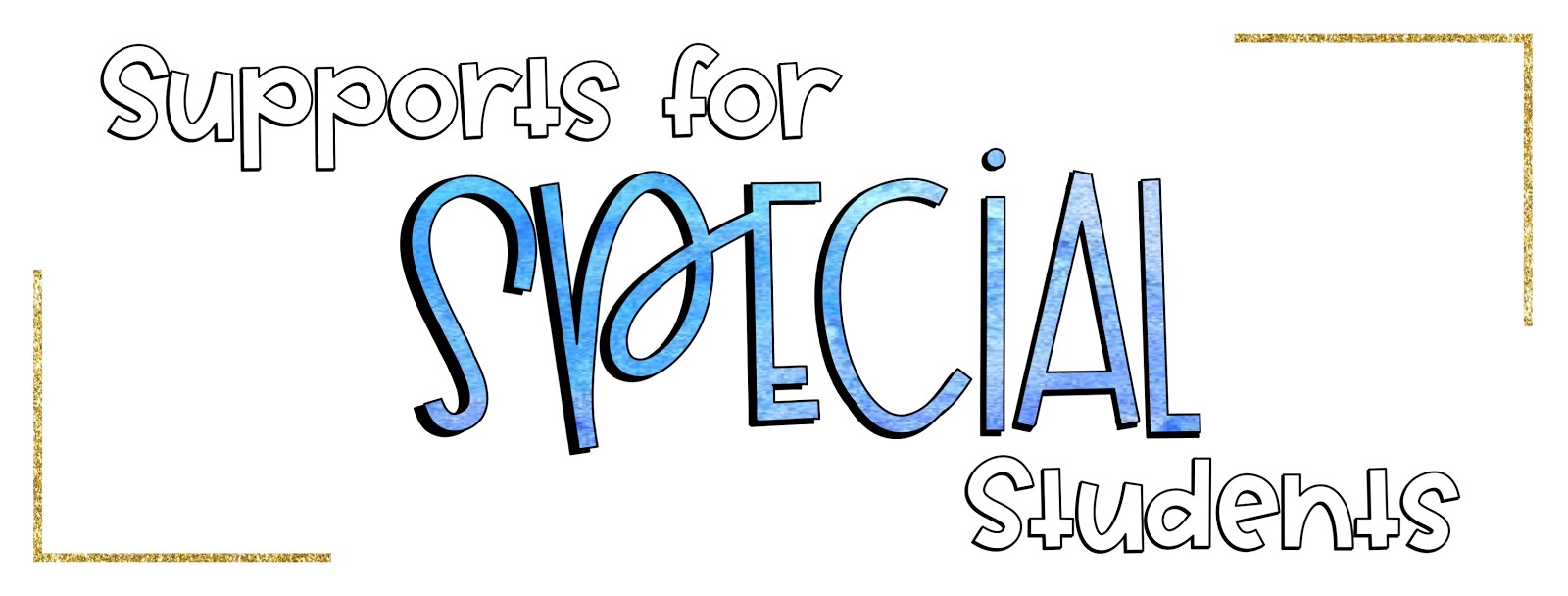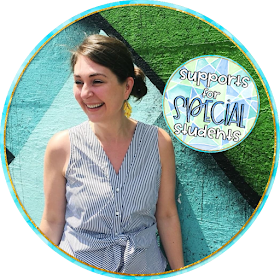Welcome back! If you saw my post last week, I shared my scope and sequence for thematic literacy planning in my special education classroom. If you missed it, click
HERE to check it out! This week I will be going over how I plan for math in my classroom.
I find that math is bit more difficult to plan since it is so skill based. It can be a challenge to have a unifying theme when everyone is working on completely different skills. While it is important to focus on the individualized program of each of my students, I also feel a sense of obligation to provide a "typical classroom experience" (aka theme) for all of my kids, especially those who spend a majority of their day in my room.
For our basic skills activities, I have a general theme that matches up with the season or an upcoming holiday. This gives my students a bit of variety while providing the consistency and repetition than they need in order to master these foundational concepts. I love using my
Seasonal Counting Packs (found HERE) for my students who are working on numbers 1-20. However, my students need to move beyond just the basics.
More often than not, most of my students are working on our state's alternate achievement standards, which are aligned to the Common Core State Standards. Because of this, I base my monthly math topics on the elementary Common Core Math Domains. Each month from September-May I focus on a different topic. Some of the math domains are spread out over multiple months. For example, money and time are incredibly important concepts for my students so I stretch out measurement and data over three months.
Here is a list of my monthly math focus:
September - Counting and Cardinality
October - Numbers and Operations in Base Ten
November - Number and Operations - Fractions
December - Operations and Algebraic Thinking - Addition and Subtraction
January - Operations and Algebraic Thinking - Multiplication and Division
February - Geometry
March - Measurement & Data
April - Measurement & Data - Money
May - Measurement & Data - Time
June - Focus on IEP goals
I find that by having a common theme for my math instruction makes planning much easier. Before I started focusing on monthly math concepts, all of my students were working on completely different skills. Don't get me wrong, they were all getting a well-rounded education and were challenged with work at their own level. But there was nothing unifying their instruction with their classmates. In addition, without a general scope and sequence, it can be too easy to focus solely on number sense and miss the rest of the standards. Click
HERE if you would like a copy of my scope and sequence template.
Having a unifying theme allows me to create shared experiences and common vocabulary with all of my students. It also allows me to more easily communicate what is happening in the classroom with my families.
I like to send home a letter at the beginning of each month that gives an overview of the math domain that we will be focusing on the for the month. You can find a copy of my letters
HERE. I also include activities that they can do at home to extend their child's learning. There are a variety of differentiated activities included so that all of my families can find at least one activity that is appropriate for their child.
With all that being said, my students continue to work on very individualized skills during math. I typically split our time between instruction related to their IEP goals and the monthly concept. Now, how I split my time... that's a topic for another day!
3/2/2018 UPDATE - Many people have expressed interest in getting a copy of the completed scope and sequence that I have been using in my classroom. Click
HERE to download a copy. Enjoy!


























